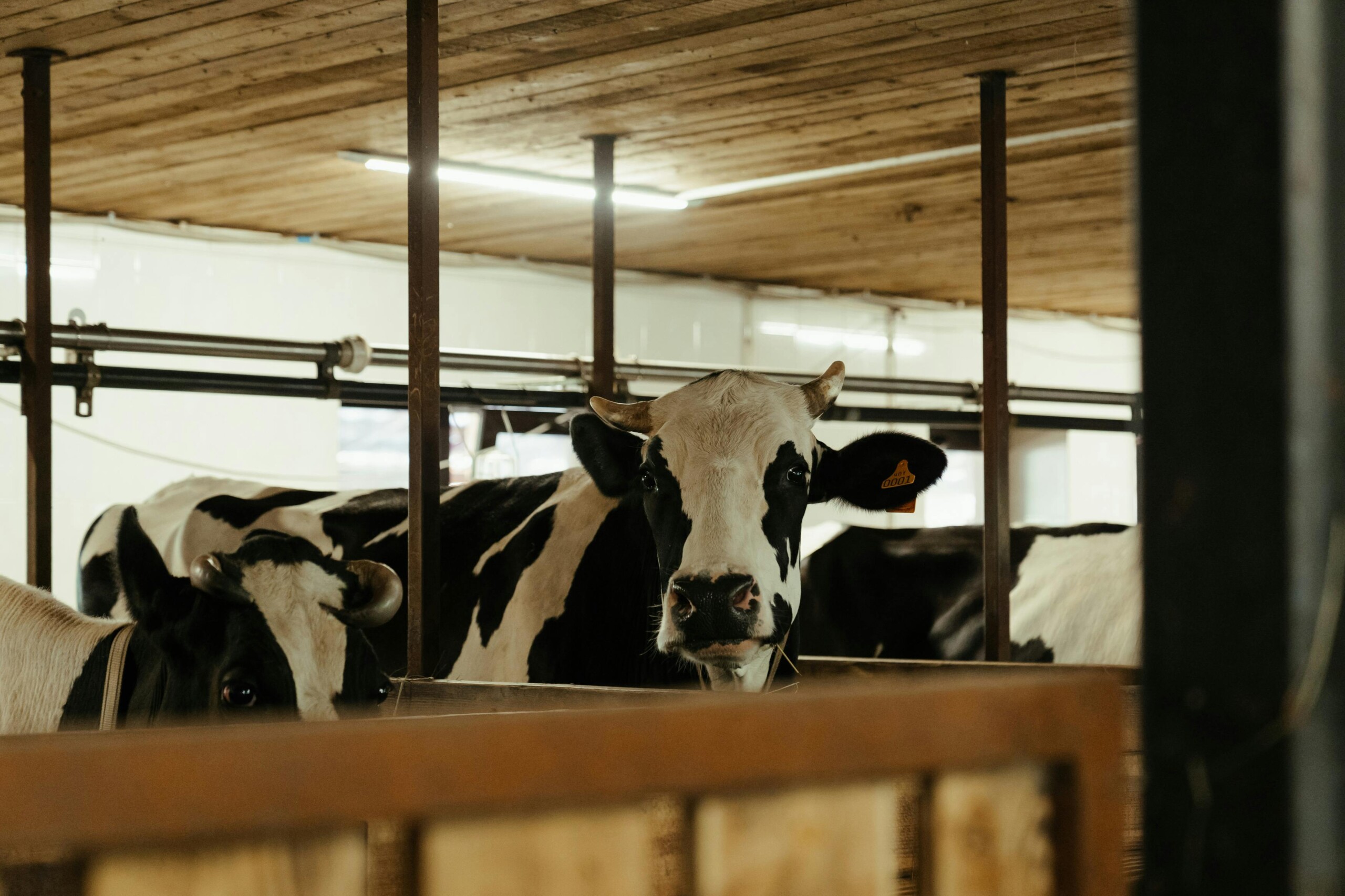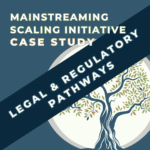In 1944, Dan West and a group of fellow farmers from Indiana (United States) founded Heifer with a compelling idea: not a cup of milk, but a cow. This concept marked a paradigm shift from short-term aid to long-term empowerment through livestock. Since then, animals have remained central to Heifer’s mission to help rural families build sustainable livelihoods; ensure food and nutritional security; and subsequently break the cycle of poverty. For over 80 years, the organization has worked to strengthen smallholder farming households by advancing sustainable agriculture, with a focus on integrating livestock in agriculture, improving animal health management, and strengthening livestock value chains.
Lack of access to timely, affordable and quality animal health services has long been one of the most persistent and critical challenges faced by small-holder and marginal farmers. These service gaps have not only hindered livestock productivity and reduced household income but also weakened the capacity of rural communities to cope with the growing and unpredictable impacts of climate change on agriculture. To address these challenges, Heifer introduced the Community Agro Veterinary Entrepreneurs (CAVE) model in the early 2010s. Grounded in the understanding that animal health is fundamental to improving productivity, income and community stability, the model aims to build a decentralized, community-based cadre of trained service providers. These frontline agro-veterinary workers or agriculture & animal health workers, popularly known as CAVEs, deliver a wide range of services, including animal health care, vaccination, breeding support, extension advice and input linkages. By embedding these services within local systems, CAVEs are effectively bridging critical delivery gaps, often overlooked by conventional service structures, and are contributing to more sustainable and inclusive livestock-based farming systems.
Today, the CAVE model is a defining feature of Heifer’s identity and a central pillar of its strategy to scale livestock-based livelihoods in a sustainable and inclusive manner. It has improved animal health outcomes while creating dignified rural employment and embedding veterinary services within the social and economic fabric of communities across 19 low-and middle-income countries of Asia, Africa and South America. In addition, the model aligns closely with Heifer’s commitment to the One Health approach, which recognizes the interconnectedness of animal, human, and environmental health. The CAVE model also supports Heifer’s broader mission to integrate livestock into regenerative agriculture and to build sustainable and locally led value chains.
A core strength of the Heifer’s CAVE model lies in its ability to reach and empower underserved groups, particularly rural women and youth. By training them as CAVEs and connecting them to local markets and support networks, Heifer fosters both technical expertise and enterprise development. Improved access to animal health services enhances livestock health and builds livestock farmers’ confidence to invest in and expand their herds. This leads to increased livestock populations, reduced mortality, better overall animal health, higher incomes, greater self-reliance, and stronger local systems. As of 2023, over 1,300 CAVEs were serving more than 580,000 smallholder and marginal farmers in Heifer’s four implementation countries in Asia. CAVEs remain a driving force behind Heifer’s scaling practices in its all 19 implementation countries. Their work has led to measurable improvements in livestock health, farmer incomes, and local service ecosystems, as substantiated by Heifer’s annual Global Impact Monitoring (GIM) surveys. More than a service model, the CAVE approach represents a transformative and scalable solution for diversifying agri-based livelihoods and building sustainable rural economies.




